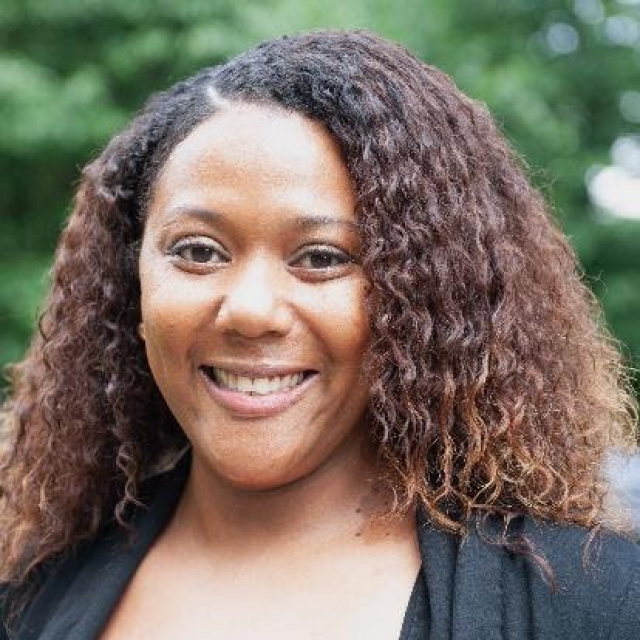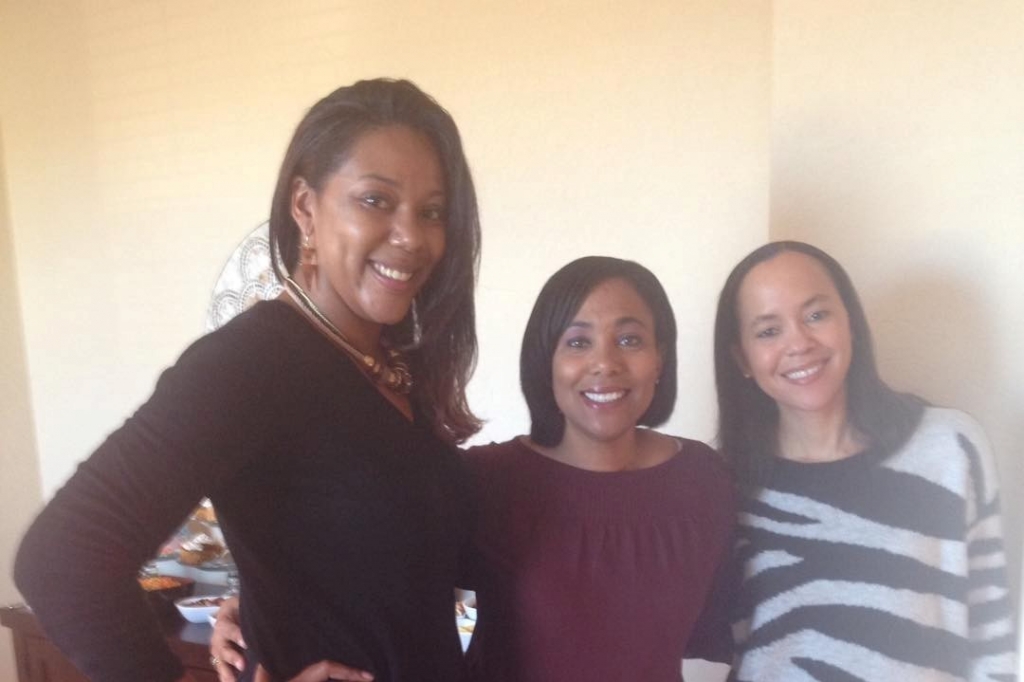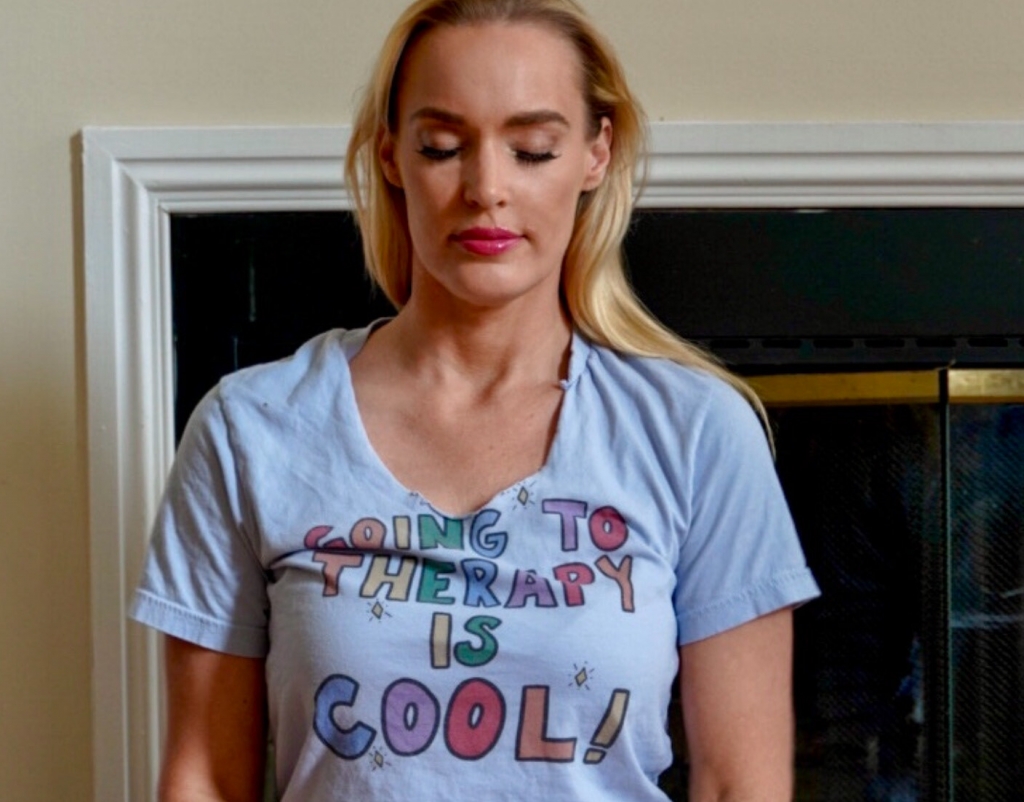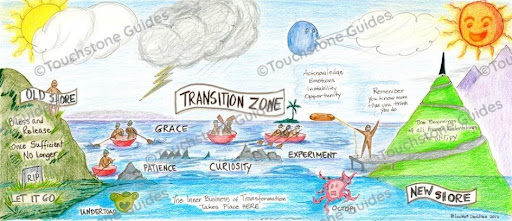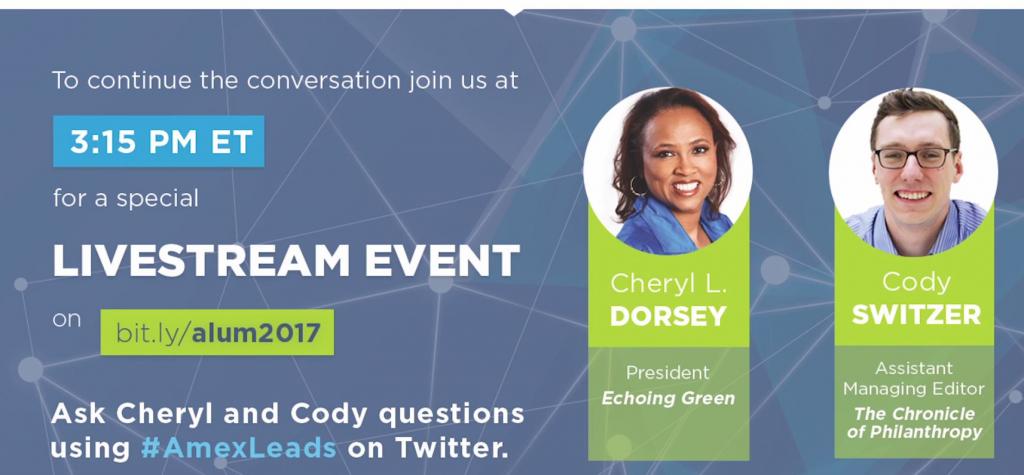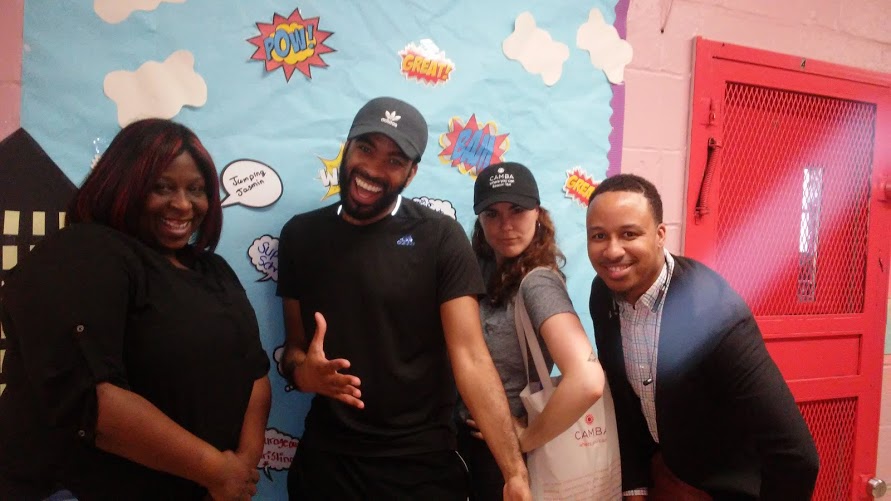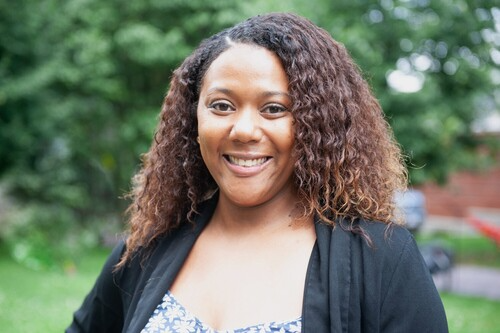
“For me, becoming isn’t about arriving somewhere or achieving a certain aim. I see it instead as forward motion, a means of evolving, a way to reach continuously toward a better self. The journey doesn’t end.”
– Michelle Obama, former (and my forever) First Lady of the United States
My “leadership” journey began in 2007. As a young mom to a 2-year-old son, equipped with a journalism degree from the illustrious Howard University, I walked confidently into the workforce as an Executive Assistant—the “right hand” to the highest position of power in the organization, our Chief Executive Officer (CEO).
It took me a while to recognize it, but it was this level of proximity and access, together with my own curiosity, that would inform so much of my leadership style today. Working this closely with the CEO, I observed and developed some good habits, like the importance of building genuine relationships, prioritizing your schedule, and ensuring that everyone feels seen and heard as a part of the decision-making process.
On the flip side, I learned some bad habits too, like working more than eight hours a day, more than 40 hours a week—working so hard to keep the vision, mission, and bottom line afloat that you immerse yourself so deeply into work that you eventually blur those lines between career and family.
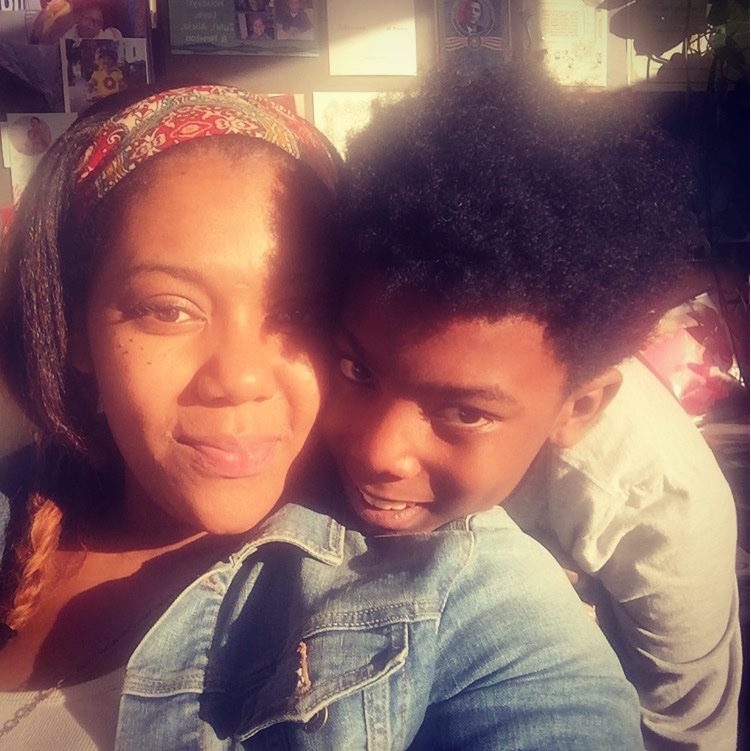
When I began this journey, it wasn’t my intent to raise my son in the C-Suite, but I did: he spent many nights doing homework and eating dinner in the conference room of our Executive Office, and he got to know my colleagues and even a few of our Board Members.
This work would eventually become so personal to me that I would lack balance, boundaries, and the practices to help me sustain a healthy lifestyle as I navigated my way up the career ladder. Above all, I focused on leaping past the “broken rung”—that critical “first step up from entry-level position to manager, which recent reports are showing is the missed promotion opportunity that winds up holding women back for the rest of their careers” (McKinsey & Co. and LeanIn.org, 2021).
Boundaries, Burnout, and a New Start
At this point in my career, I had been promoted to Special Projects Manager to the CEO, which meant that I got to have my hands in all of the dope projects, events, and opportunities that came the organization’s way. In this role, I got to partner with MTV, Obama’s White House (where I got to meet Michelle Obama, my forever First Lady, when she came to our 30th Anniversary event in Washington, DC), Starbucks, The U.S. Department of Labor, and My Brother’s Keeper Alliance just to name a few (yup, humble brag 😉).
Even with those amazing opportunities, my favorite part of that role was always listening to the stories and lived experiences of the alumni of our YouthBuild programs across the country. I’d hear stories of success, opportunity, and triumph, but the stories that stuck with me the most were those of food insecurity, housing instability, childcare needs, community violence, lack of access, substance misuse and abuse, and mental health issues.
It was these stories that would land me back in school in 2014 to obtain a Master’s degree in Clinal Social Work. At Simmons University, I would develop the language, deepen my understanding, and learn about the theories and interventions needed to support “people in environments” as they navigate the systems (of oppression) that are out there in the world—systems that lack equity and are filled with disparities based on race, gender, and age.
During this “evolution” part of my journey, I failed to realize what it meant to add grad school and a practicum to my load. For two years during my three-year MSW program, I sat with clients and listened to their stories of strife and oppression, while working full time because of course, I didn’t quit my job, I just worked longer hours three days a week and saw clients on the other two days. Add that to the already heavy equation of being a mom to a young Black son and partner to a Black man during the rise of #BlackLivesMatter and while witnessing the traumatic and senseless killings of Eric Garner, Michael Brown, Tamir Rice, and Philando Castile, and so many more people whose trauma was shared on social media, TV, and across the news—well, you can guess how sustainable it was.
Deep inhale.
I had decided to become a social worker during a time of mass, collective trauma. So it is not surprising that during the summer of 2016, nine months before graduation, I would run right into burnout.
The World Health Organization defines burnout as “a syndrome conceptualized as resulting from chronic workplace stress that has not been successfully managed.” Burnout is characterized by three dimensions:
- feelings of energy depletion or exhaustion;
- increased mental distance from one’s job, or feelings of negativism or cynicism related to one's job; and
- reduced professional efficacy.
For me, burnout showed up as getting another tattoo (my son’s middle name, Chance, on my hand, along with a feather to symbolize “wisdom”), the “BIG CHOP” (yup, I cut all of my hair off), and a six-week sabbatical from my role as Special Projects Manager.
I needed a moment for myself. I even asked my grad school program if they would let me wrap up my practicum a few weeks early, because I just couldn’t continue to show up for others. They said yes, and I took a step back just to breathe.
Exhale.
When I returned to work that fall, I had to wrap up my final classes and prepare for graduation, while being part of the team working with our Board of Directors to find a successor for our organization’s founder, and then help onboard the second CEO in our organization’s 38-year history.
This was a pivotal career moment for me, one I’m just now reflecting on as I write this. Here was this unique opportunity for me to walk away, 10 years in, from the organization that had formed so much of my identity. I was in a transition zone. I could turn my attention and energy towards a new shore and step boldly into a new career as a social worker/therapist. I kept asking myself, ‘Is now the time to leap? Should I walk away?’ I was leaning out … but the Universe had other plans for me.
Bringing in my Folding Chair: a Trauma-Informed Call for Radical Self-Care
I didn’t walk away.
And I am grateful that I didn’t, because this 14-year leadership journey with my organization has been rewarding. It has presented me with opportunities to grow, learn, be vulnerable, make mistakes, and— as one of the amazing Black women leader friends in my tribe likes to encourage her team to do when learning new things—to “fail in safety" and with trust, because some of my relationships with our staff go all the way back to Day One.
[This] allowed me to lean back into the organization that my son and I have essentially grown up in, and be a part of the new work to reimagine our culture, systems, strategy, and brand.
Our new CEO agreed to a more flexible schedule. It has allowed me to lean back into the organization that my son and I have essentially grown up in, and be a part of the new work to reimagine our culture, systems, strategy, and brand.
This CEO came with their own lived experience, story of transformation, and an approach to language that enabled us all to see others, pull people up, and most importantly, pull people in.
It has been an insightful journey.
In the midst of all the things, I would become the organization’s first-ever Chief of Staff in 2019, a role that I developed as a way to “bring in a folding chair” and create my seat at the table, as the great, unbossed Shirley Chisolm encouraged us to do.
From this position, I’ve authored an adaptable organizational trauma-informed framework that is based on some of the literature from my favorite classes in social work school (Intro to Trauma and Recovery and Social Work with Groups), and is an adaption of the Substance Abuse and Mental Health Administration’s (SAMSHA) Concept of Trauma and Guidance for a Trauma-Informed Approach (2016).
As always, with transition and change, amid the stress, opportunities arose on the other side. I’ve viewed this part of my leadership journey as a “means of evolving … continuously toward a better self,” in Michelle Obama’s words.
Having a seat at that table has allowed me to navigate fluidly across the organization and ecosystem of YouthBuild programs and partners, and show up in various spaces and places to create shared learning experiences to help increase awareness around the implications of trauma, toxic stress, and the interconnectedness of social identities, and people in environments – shifting mindsets, and opening hearts.
Never in my wildest dreams did I think something like this was possible for me and I hope that I am making my ancestors proud. My Jamaican mother, father, and family have been encouraging and sharing their wisdom along the way. And so have the people I call when I can’t see the possibilities in front of me, who remind me why I decided to stay in this “messy middle.”
My journey hasn’t all been rainbows and butterflies, with growth there is always some form of growing pains, and as I’ve continued to lean into my curiosity, I’ve developed the language and the courage to do my best to articulate some of that pain, and not from a place of anger, hurt, or trauma (all valid feelings), but from a place of Love, mindfulness, and shared humanity.
As a Black woman under 40 in a C-Suite position, I’ve reviewed the data and this identity is rare up here. According to the 2021 Women in the Workplace report published by McKinsey & Co. and LeanIn.org, “the representation for women of color in the C-suite was 4 percent versus a whopping 62 percent or white men. It was 20 percent for white women and 13 percent for men of color.” When you look at age, the average age of a nonprofit executive is 52 years old.
Based on only three of my social identities (race, gender, and age) I’ve had to navigate microaggressions, find my voice, lean on my multiple degrees, and create opportunities and space for the voices of others to be heard.
As a Black woman under 40 in a C-Suite position, I’ve reviewed the data and this identity is rare up here.
I’ve often struggled with whether or not I feel I belong at the table I just "pulled my folding chair” up to.
The more you learn about systems of oppression, conditions of white supremacy culture, and The Groundwater Approach, for example, you begin to realize that the problem usually begins with the power at the top and is rooted in some foundational belief that is filled with bias, preference, and privilege that many don’t want to part ways with, or at best lack awareness of.
To survive and to thrive, I had to I begin speaking my truth to myself and to the C-Suite.
|
This is the first in a two-part series on holistic leadership written by Shauna-Lee Ruglass. You can read the articles in any order. |

